What Is Beef Tallow and What Can You Do With It?
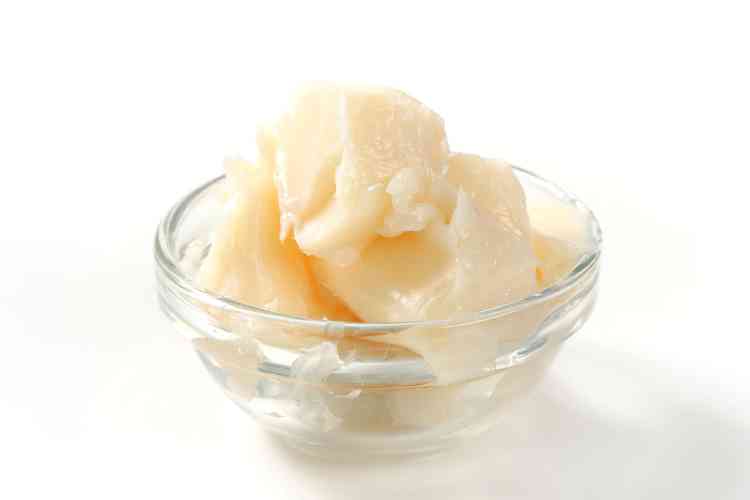
If you’ve spent a lot of time browsing farmers markets or scrolling through homesteading forums, you’ve likely come across the words “beef tallow.” You may have even picked up a brick of homemade soap and been shocked to see a cow on the label!
While beef tallow frequently goes underappreciated these days, this meat byproduct has been used for centuries for a variety of culinary techniques, health and beauty applications and even home essentials.
What is beef tallow, exactly? Where does beef tallow come from, and what is it used for? Check out everything you need to know about this versatile product and our tips for making and using beef tallow.
Jump to Section
What Is Beef Tallow?
Beef tallow is essentially rendered beef fat. In culinary terms, beef tallow is adjacent to suet or lard but has a special rendering process that makes it unique.
What’s the difference between beef tallow, suet and lard? Firstly, “lard” is a term typically reserved for rendered pork fat sourced from pigs, although it can also describe duck fat. Tallow and suet are the terms used for beef fat, but you may also see them used to describe other types of ruminant animal fat, such as goat, sheep or elk.
Tallow comes from the hard fatty tissue that surrounds organ meats, most often the kidneys and loins of the cow. Before it is rendered, this fat is called suet. Because it hasn’t been processed yet, suet has a slightly tougher and grittier texture than tallow. Suet is best suited for use in pastries, dumplings and pie crusts, where the texture won’t be noticeable.
When suet is melted slowly, the tough and grainy bits can be easily strained out, leaving behind a smoother, firmer and more versatile product known as tallow. When used for culinary purposes, beef tallow has a very mild beefy or meaty flavor.
Before refrigeration and food preservatives were common, beef tallow served a vital role in people’s daily lives. Tallow is solid at room temperature and is shelf-stable for about twelve months. It can last about 12-18 months when kept in the fridge and up to two years in the freezer.
This versatile product can be used in food preparation as an ingredient or cooking oil. Outside of the kitchen, beef tallow can also be used to make candles, soaps, cleaning products, skin salves, healing ointments and industrial lubricants.
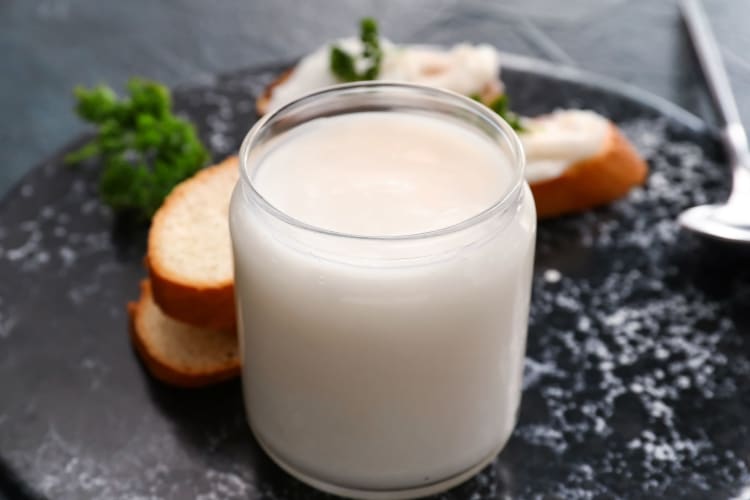
Beef Tallow Benefits
When consumed in moderation, beef tallow can be beneficial for your skin and hair, provide a good source of fat-soluble nutrients and promote healthy weight management. According to the University of Rochester Medical Center, one tablespoon of beef tallow contains about 115 calories, 12.8 grams of total fat and 6.37 grams of saturated fat. The American Heart Association recommends limiting saturated fats as overconsumption can lead to higher levels of “bad” cholesterol in your body.
With that being said, using beef tallow in moderation still has a range of health benefits. For one, beef tallow is a good source of omega-3 fatty acids and choline, which are vital for cognitive function and overall health. Beef tallow also offers more vitamin D than olive oil, canola oil or margarine.
While it does contain some saturated fat, beef tallow is also a good source of polyunsaturated and monounsaturated fats, or “good fats.” If you’re looking for more keto-friendly or calorie-dense foods, using beef tallow can also be a good way to meet your nutrition goals.
However, the benefits can vary greatly depending on the quality and sourcing of your beef tallow. Per the National Library of Medicine, studies have shown that environmental pollutants are often stored in fatty tissues, so using low-quality beef tallow can raise your risk for consuming these toxins. It’s always better to source your beef tallow from grass-fed, antibiotic-free, organic and ethically raised cows whenever possible.
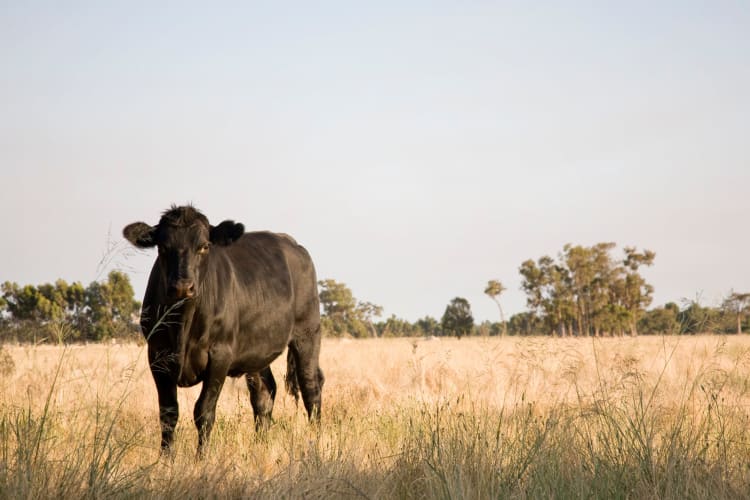
Beef Tallow Uses
Culinary Uses for Beef Tallow
Now you know about beef tallow and its benefits, but what is beef tallow used for? Before vegetable oils and shortenings became popular in the early-to-mid 1900s, beef tallow was often kept in the kitchen. Like oil, shortening or butter, this versatile rendered fat can be used in a variety of recipes and as a cooking oil. The high smoke point of around 420 degrees Fahrenheit makes beef tallow great for high-heat cooking methods like deep frying.
Because beef tallow has a mild beefy flavor, it may not be a good choice for substituting in sweet recipes or baked goods, but is ideal for savory dishes like sautéed vegetables, skillet potatoes, pot pies and cornbread.
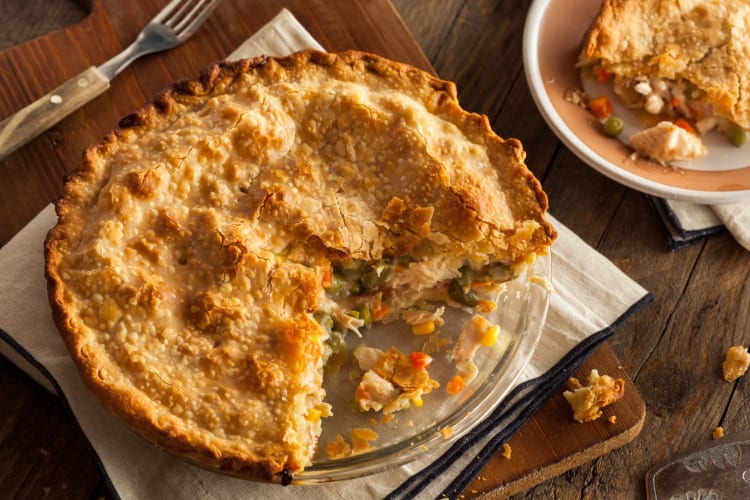
If you want to really elevate your cooking, wagyu beef tallow is a premium option. Wagyu beef tallow is sourced from the rare Japanese wagyu cows, renowned for their superior fat marbling. When used like regular beef tallow, wagyu beef tallow imparts a rich, melt-in-your-mouth, buttery flavor to any dish you add it to.
Beef tallow can also be used to make pemmican, a nutrient-dense protein bar made with tallow, dried meat and sometimes berries that served an important role in Native American cuisine.
Besides cooking with beef tallow, you can also use it in a few other places in your kitchen. For example, beef tallow is a great ingredient to use to season a cast iron skillet. You can also apply beef tallow as a conditioner to smooth wooden cutting boards, wooden utensils and even leather.
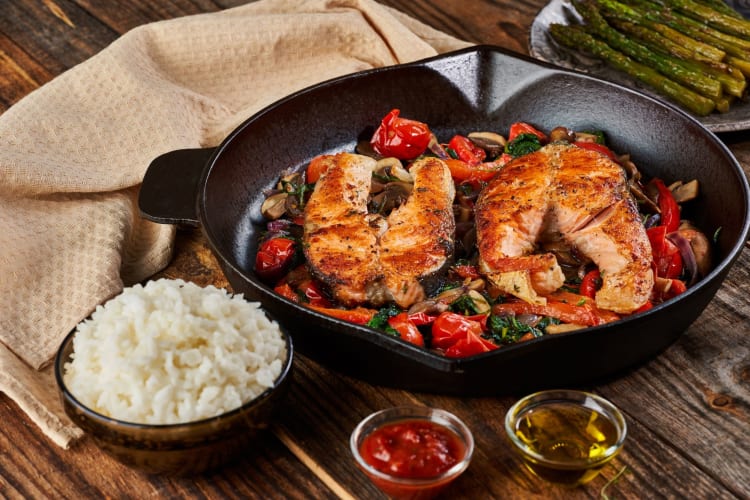
Beef Tallow in Cosmetics and Hair Care
While it’s less common today, historically, beef tallow has also been used to make cosmetics, candles, soaps and skin products. For thousands of years, beef tallow-based balms and salves have been used to treat burns, insect bites, scrapes, cuts and more. When used in bar soaps, tallow gives the formula a light, creamy lather and helps to clean the skin without stripping moisture.
According to an article by Glamour, beef tallow has recently become trendy again among some social media influencers and beauty bloggers. Using beef tallow on bare skin mimics natural oil production, which can help to lock in moisture and strengthen the skin barrier while discouraging overactive sebum glands. In hair products, beef tallow can lend a healthy dose of essential fatty acids, which help to soothe irritated scalps, nourish the hair shaft and smooth frizzy ends.
However, rubbing beef tallow on your face or head isn’t an idea that appeals to everyone, especially if it still has its mild beefy scent. Because of this, fragrances, essential oils and other potentially irritating ingredients are often added to beef tallow-based skincare and haircare products. Beef tallow in cosmetics also isn’t regulated by the FDA, so it’s extremely important to source the tallow from high-quality, grass-fed beef.

How to Make Beef Tallow
If you’ve ever trimmed up a brisket, you may have removed a significant mound of fatty tissue from the desirable bits of meat. Oftentimes, this excess fat just gets wasted (or fed to the family dog), but you can actually use this leftover fat to make your own beef tallow!
Learning to make your own beef tallow can take some trial and error to perfect, but overall, this is a simple process that will help you turn wasted fat into a reusable all-in-one product. Many people prefer to make beef tallow outside, as the process can release a greasy, meaty odor in your home.
1. Purchase and Prepare Your Beef Suet
Most grocery stores don’t just keep beef fat trimmings out on the shelf, so you’ll need to start by sourcing your beef suet from a reputable butcher. Most will be happy to sell you the suet trimmings at an agreeable price as these bits are often wasted. If all you want is the fat ends for making beef tallow, your butcher may even be kind enough to grind the fat for you.
If you can’t have your beef suet ground, small chunks will work too. When you get home, trim off as many little attached meat pieces as you can. This will save you some time when straining the rendered fat later.

2. Add Fat to the Pot
To render the fat, you’ll need a large stovetop pot, a Dutch oven or a large slow cooker. Over low heat, start adding the trimmed suet chunks into your pot. This is where individual methods may vary, but there are essentially two ways to render beef tallow: wet-rendering or dry-rendering.
For dry-rendering, do not add any liquid to the pot, but keep it over low heat and maintain a watchful eye to ensure the fat doesn’t burn. If the tallow burns, it can affect the flavor and texture of your final product.
Wet-rendering will prevent the beef tallow from burning and give you a more flavorless, odorless result. For this method, add just enough water to your pot to cover the top of the beef tallow chunks. If you’d like, you can also add 1-3 tablespoons of salt at this time to aid in the rendering process.
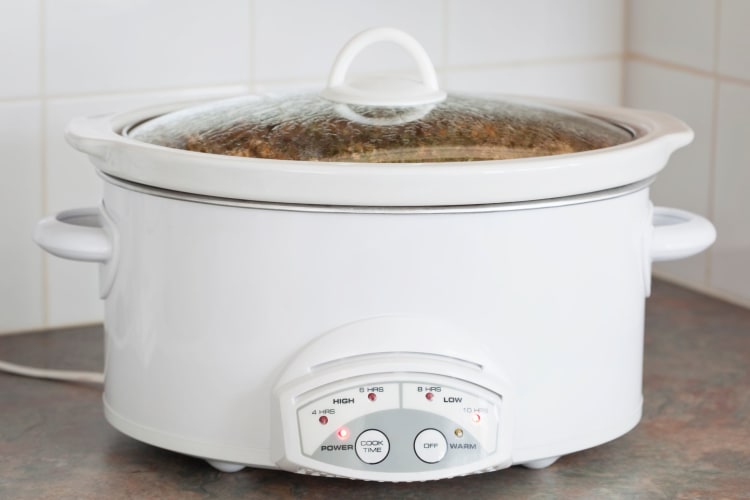
3. Render the Suet
For the dry-rendering method, allow the fat to simmer over low heat for about four hours, checking periodically. As the fat melts, it may release some air bubbles, but it should never boil. You can stir the pot every 30 minutes or so to keep the fat from sticking to the bottom of your pot.
For the wet-rendering method, you will essentially boil the pieces until the fat melts away from any remaining solids. Allow the pot to simmer for about four hours or longer, until the solids begin to shrivel.
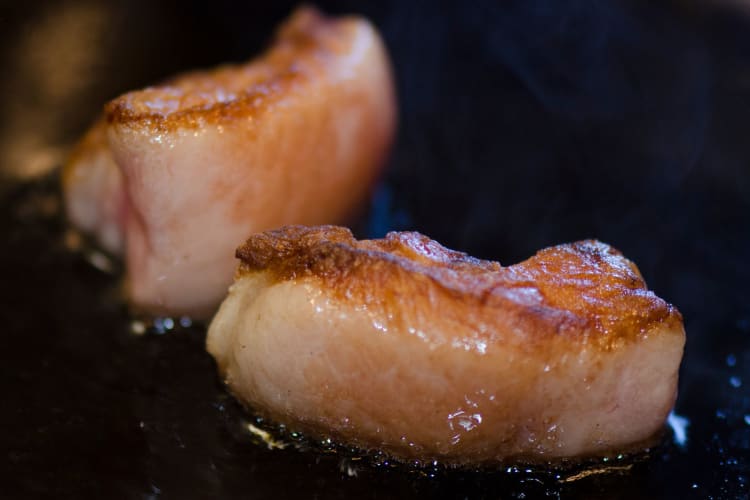
4. Strain and Store the Beef Tallow
When using either method, you’ll know the rendered beef tallow is ready when you can see any sediment separating from the clear melted liquid — pure rendered fat! Grab a mesh metal strainer and a large container, such as a glass bowl or another large pot. Set the strainer over the bowl, then carefully pour the melted fat through the strainer. Any large sediment bits should be caught by the strainer, allowing pure melted beef tallow to drip through to the bowl.
If your beef tallow still seems a little muddier than you’d like, you can repeat the straining process again, this time adding a cheesecloth or coffee filter to the strainer. Because the cheesecloth has a finer weave, it will be able to catch even more of those pesky non-fat particles.
When you’re happy with the clarity of your tallow, allow it to cool in the bowl until it turns white and becomes solid. For best results, let the tallow cool overnight. In the morning, you should be able to pull a solid beef tallow disc from the bowl. You can then break, cut or crumble the beef tallow and compact it into the storage container of your choice, such as a Mason jar.
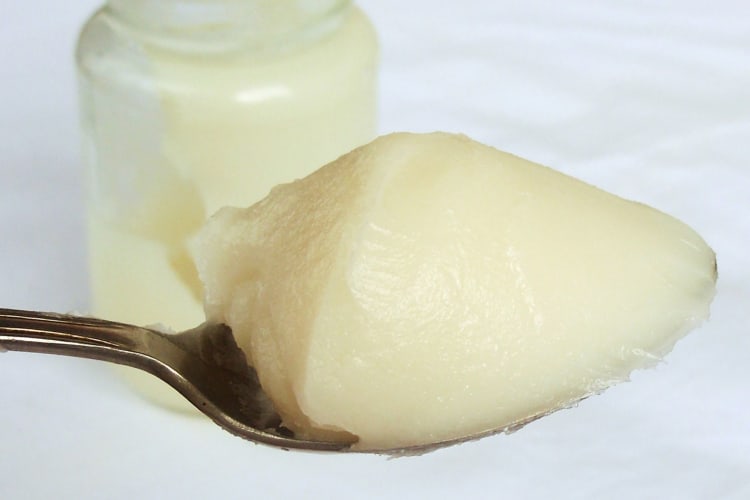
Now that you know all about beef tallow, how to make beef tallow and its many uses, you’re free to explore with this wonderfully useful, natural and waste-free product. Make your own pan-seared steaks, savory vegetables or irresistible cornbread rolls — you could even try your hand at homemade skin salves and hair masks! With a fresh supply of homemade beef tallow in your cupboard, you’ve got green pastures ahead.
For even more ways to explore new foods and ingredients, check out other experiences happening on Cozymeal.



FOOD FOR THOUGHT?
Join the conversation.